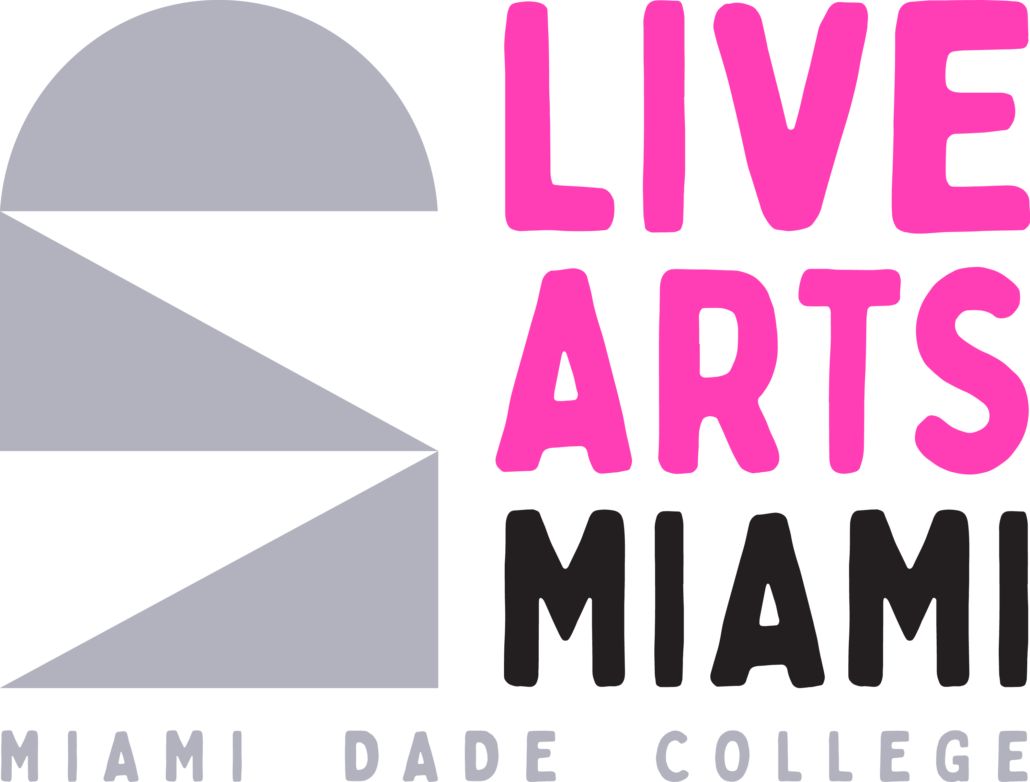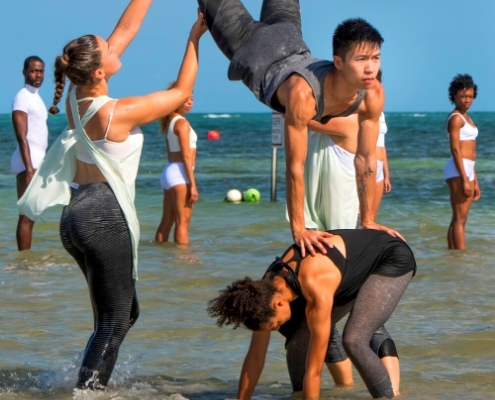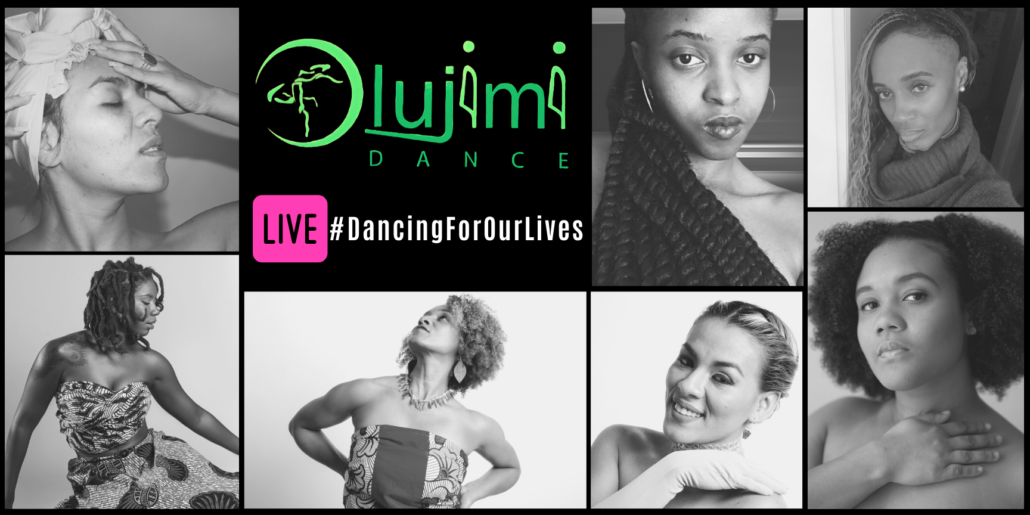Live-streaming National Water Dance 2020
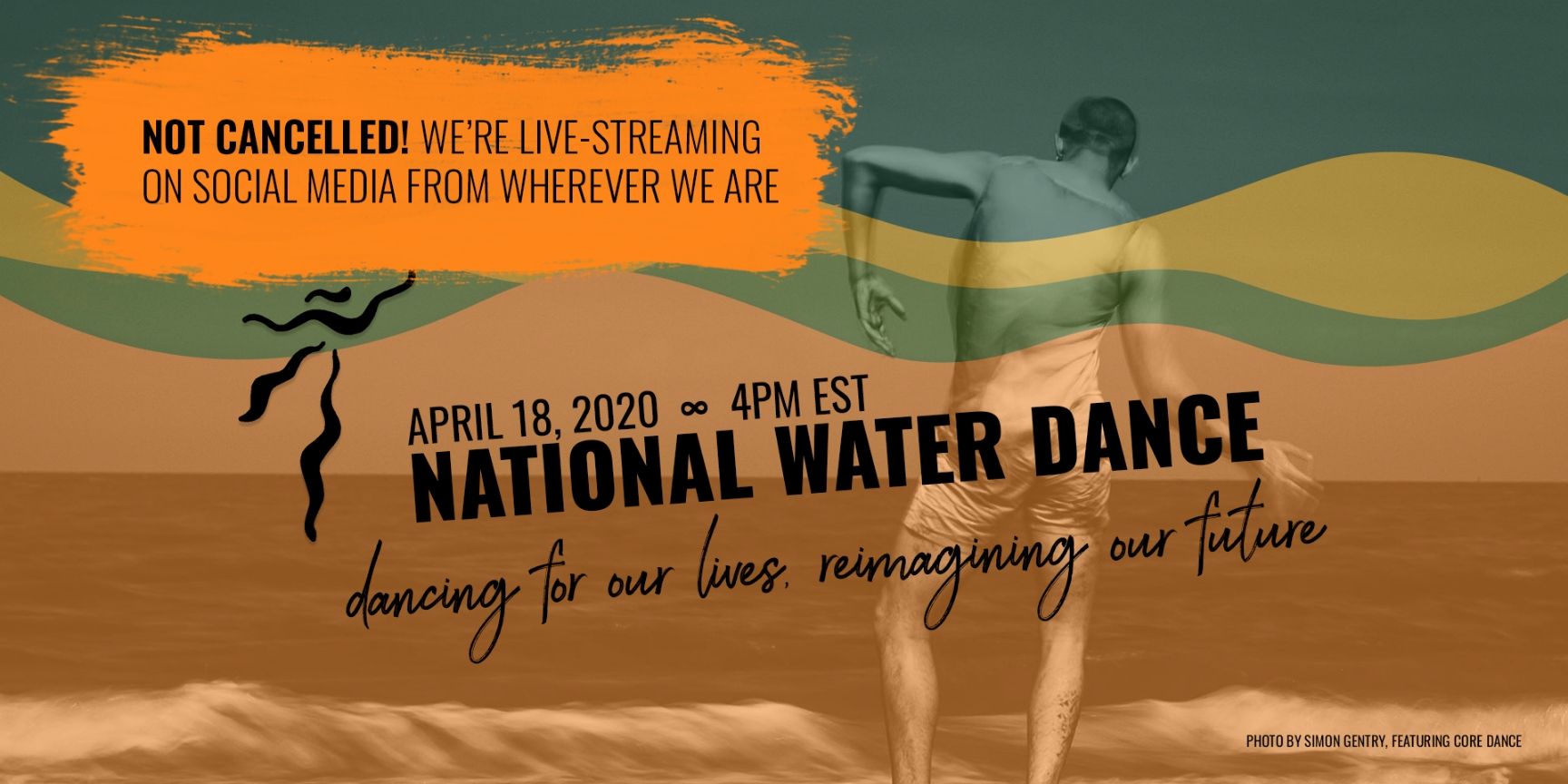
“So, I guess you’ve had to cancel National Water Dance 2020?” That’s a question I’ve heard over and over again and reflexively I respond, “No! We’re dancing! Dancers from across the United States, Puerto Rico and Washington D.C. will be dancing on April 18 at 4:00pm EST. So, find a computer and go to nationalwaterdance.org or get on your cell phone and follow a dancer that you know or go to @nationalwater_dance on Instagram. There will be plenty to see.” Luckily, live-streaming National Water Dance has always been a part of the structure of this national event so as we adjusted our focus to switching everything to social media, we were already somewhat prepared.
National Water Dance is first and foremost a “movement choir” * – a collective of dancers and movers physically engaged in bringing awareness to, and action on, climate change, particularly as it affects our waters. In preparing for our “movement choir” we share choreographed movement phrases that are contributed by the participants. Although we are stretched across thousands of miles, the knowledge that dancers all over the country are dancing at the same time with the same movement creates a collective energy that fuels the impact of the individual performances. As dancers, we believe in somatic empathy, which speaks to our connection to ourselves as ecological systems that exist in community with all other systems. In this way, we begin to see ourselves as part of the whole of all living things, a part of an historical lineage from which we can learn and to which we hope to contribute responsibly and caringly with our physical imaginations.
Because of COVID19 our performances are no longer physically public or, should I say, in the same shared space or at a specific site. In fact, none of that is true. Our performances are still physically public, they are in a shared space, and they are site-specific, except now the public, the sharing, and the sites are all through digital media. It’s the same language in a new context. How we translate that to one another as we create our dances and how we translate that to our digital audiences is the choreographic challenge we are all taking on. Sharing screen-space becomes a new choreographic language, and by using old choreographic tools in new ways we are making exciting discoveries. Is it the same as it would have been? No, not at all. But is it something worth creating? Yes, absolutely.
I was asked by a writer for a dance publication, “What will audiences gain by viewing this performance.” My immediate response was, “How are audiences coming to see this digital event? Are they coming with curiosity or are they coming to be entertained? If they come with curiosity, then there is an opportunity to be surprised, to be challenged, to see dancers performing in different locations as soloists through individual feeds, or in groups through Zoom creating a mosaic of moving pieces on the screen. We are making visual our driving concept of dancers performing simultaneously from thousands of miles apart, creating a collective energy in space and time through the experience of sharing movement phrases.
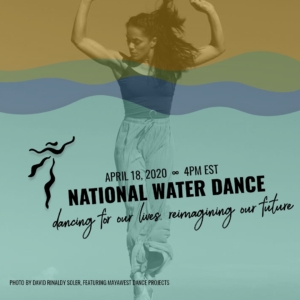 Time —how do we measure it? What happens when one day flows into the next without our normal demarcation of responsibilities and patterns of behavior. As we begin the next week of sequestering ourselves in “physical distancing” * from one another for fear of infection, the days melt together and our sense of time, space and connection are being redefined. We are fortunate to be living in the digital age, where we are able to close that distance by linking together through social media. How does time work on a shared screen that is live-streamed from multiple locations — a fractured image made whole by intention? Live-streaming National Water Dance allows us to share that moment together and capture it on Instagram, Facebook and our website. The ability to join in a digital community with others brings us closer together while at the same time underscoring our deep, human need for connection. Dancers are communal creatures even within their solo practices. We understand the inherent human desire to connect with our world viscerally and in that connection we reach deep into ourselves for our physical expression.
Time —how do we measure it? What happens when one day flows into the next without our normal demarcation of responsibilities and patterns of behavior. As we begin the next week of sequestering ourselves in “physical distancing” * from one another for fear of infection, the days melt together and our sense of time, space and connection are being redefined. We are fortunate to be living in the digital age, where we are able to close that distance by linking together through social media. How does time work on a shared screen that is live-streamed from multiple locations — a fractured image made whole by intention? Live-streaming National Water Dance allows us to share that moment together and capture it on Instagram, Facebook and our website. The ability to join in a digital community with others brings us closer together while at the same time underscoring our deep, human need for connection. Dancers are communal creatures even within their solo practices. We understand the inherent human desire to connect with our world viscerally and in that connection we reach deep into ourselves for our physical expression.
“Why do you think people take water for granted?” This was the question posed to me as Director of National Water Dance by Abby, a 10-year-old student at Pinecrest Elementary, who was interviewing me. My immediate answer was, “Because we can. And because so many of us have no idea where the water comes from or how it gets to our faucets and showerheads and hoses.” Adjusting to our new lives, isolated from each other with only essential services open, makes me think that what is happening to us now references Abby’s question.
Let me paraphrase it, “Why do people take the conveniences of modern living for granted?” Because we can, and because we don’t think about how those conveniences are supplied to us. National Water Dance is moving forward on April 18 because in this time of change we have the opportunity to answer those questions and find new ways of recognizing how our survival depends on our understanding of the collective “we”. Food comes to us through a chain of workers, from the fields to the packaging to the selling and preparing — we are the food chain. Water comes to us from the Everglades through the processing and the pipes into our homes and then our bodies – we are the Everglades. What we do to the Earth, we do to ourselves. By using the structure of a “movement choir”, all of us at National Water Dance have always known the power of the collective but in our new living paradigm that collective has expanded way beyond our participants and audiences. This is a time of “us”, all of us, everyone who is part of making this world function. The “us” has exponentially grown with this virus. Maybe that is a ray of light in the darkness of this time.
What a paradox. This devastating virus is ravaging human bodies, economic systems, challenging governing institutions and all human activities that we’ve established for functioning efficiently in the 21st century. As those systems and our bodies struggle for air, the Earth is finding new breath. There are signs all over the world of Earth’s healing—cleaner waters, returning migratory birds, cleaner air.
The balance between human activity and nature has been off kilter for a long time and now, amidst a worldwide catastrophic shift, the balance is being restored in nature’s favor. It is now, when we are forced to turn inward, to take time, to look around, to re-evaluate, to see how dependent we are on one another, to value the most basic elements of life, that we have a chance to emerge from this darkness, find a better way of living, one which takes inspiration from those cultures who for too long have been disenfranchised but whose teachings speak to the interdependence of all life. Looking to our indigenous neighbors and humbly asking for their guidance, we have a chance to move forward together, to find the balance of which we are only one part; but one part of the magnificent whole that is the Earth and all things that live on her glorious body.
At this pivotal time, National Water Dance’s offering is to recognize who we are as dancers and to create a collective spirit of respect and hope through the personal movement expression of each one of us.
—————————————————————–
*Rudolf Laban, an Austro-Hungarian dance artist and theorist, developed the art of movement choir, wherein large numbers of people move together in some choreographed manner, but that can include personal expression. (Wikipedia)
* Physical distancing rather than social distancing was coined by Vladimir Angelov, Executive Director of International Consortium for Advancement in Choreography.
Tune in LIVE to our Facebook and Instagram on Saturday, April 18 at 4 PM EST as LALA artist-in-residence Michelle Grant Murray of Olujimi Dance Theater takes over our social media with her original contribution to National Water Dance 2020.
